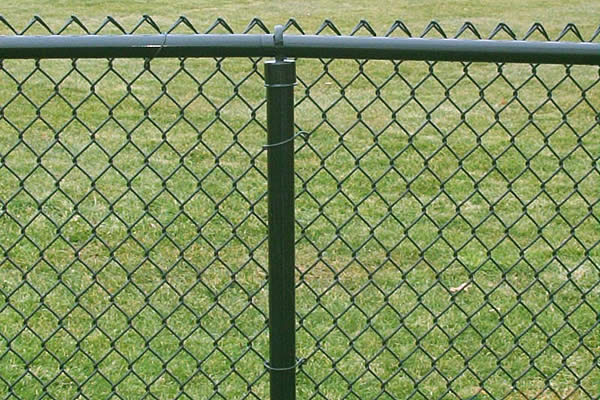 TEL:
+86-13102802206
TEL:
+86-13102802206
 Email:
fencenetting@china.com
Email:
fencenetting@china.com
 Language
Language
 TEL:
+86-13102802206
TEL:
+86-13102802206
 Email:
fencenetting@china.com
Email:
fencenetting@china.com
 Language
Language


Understanding Safety Wire Importance and Applications
Safety wire, often referred to as lock wire, is a crucial component in various engineering and industrial applications. It is designed to prevent bolts and other fasteners from loosening due to vibration or rotational forces. This article explores the significance, applications, and types of safety wire, highlighting its role in enhancing safety and reliability across multiple sectors.
What is Safety Wire?
Safety wire is a thin, high-strength wire made of materials such as stainless steel or copper. It is typically used in applications where fasteners are subjected to dynamic loads or where safety is of utmost concern. The primary function of safety wire is to keep nuts and bolts secure, preventing them from loosening over time.
Importance of Safety Wire
The importance of safety wire cannot be overstated. In critical applications such as aerospace, automotive, and machinery, the consequences of a loose fastener can be catastrophic. For instance, in aircraft, a loose bolt can lead to structural failure, putting lives at risk. In automotive engines, loose components can cause significant damage, leading to costly repairs and compromised performance. Thus, safety wire serves as an essential measure in maintaining the integrity and safety of various systems.
Applications of Safety Wire
1. Aerospace In the aerospace industry, safety wire is widely used to secure critical components, including engine parts, landing gear, and control surfaces. The extreme conditions faced during flight necessitate robust fastening solutions. Safety wire ensures that fasteners remain secure even under high vibrations or temperature fluctuations.
2. Automotive The automotive industry also relies heavily on safety wire for engine assemblies, transmission components, and suspension systems. As vehicles experience continuous movement and varying loads, the use of safety wire provides an additional layer of security against fastener loosening.

3. Heavy Machinery In construction and heavy machinery operations, safety wire is employed to secure bolts and nuts in equipment such as cranes, bulldozers, and excavators. Given the heavy loads and dynamic stresses involved in these applications, safety wire is a vital safety measure to prevent failures.
4. Marine Applications In marine environments, where equipment is often exposed to harsh conditions, safety wire is used to secure fittings, rigging, and other critical components on boats and ships. This helps to ensure that everything remains in place, minimizing the risk of accidents or equipment failure.
Types of Safety Wire
There are two primary methods used for safety wiring
1. Lock Wiring This involves twisting the wire to secure each fastener in place. When applied properly, the twisted wire creates tension, preventing the fastener from loosening.
2. Safety Wire Bending In some cases, safety wire is bent around the fasteners in such a way that any attempt to turn the nut in the loosening direction will tighten the wire, thereby securing the fastener.
Conclusion
Safety wire plays an indispensable role in ensuring the integrity and safety of various mechanical systems. Its applications in aerospace, automotive, heavy machinery, and marine industries underscore its importance in critical environments. While it may seem like a small component, safety wire provides peace of mind by preventing accidents and equipment failures that could have dire consequences. By understanding and implementing proper safety wire techniques, engineers and technicians can significantly enhance the reliability and safety of their designs, protecting both people and assets in the process.